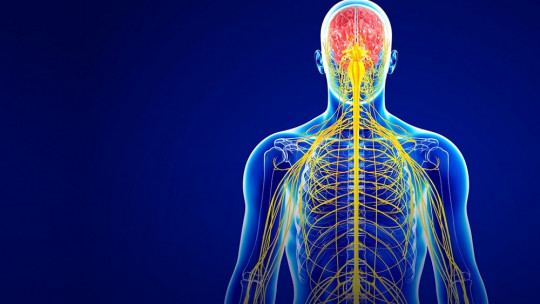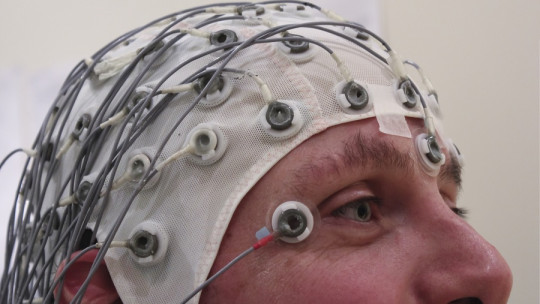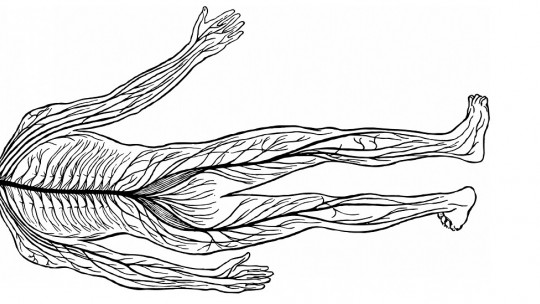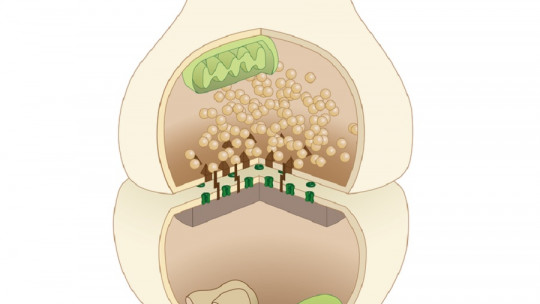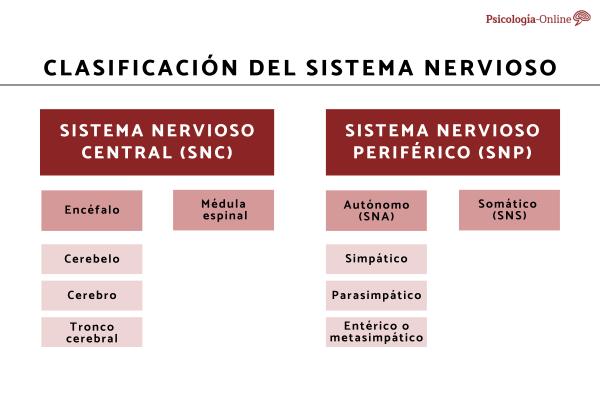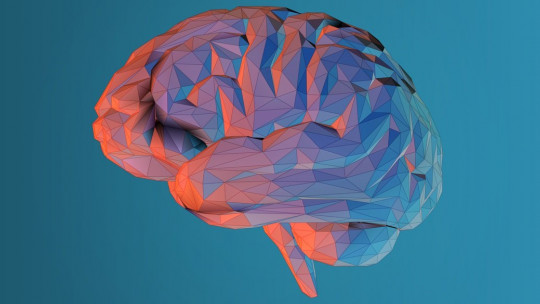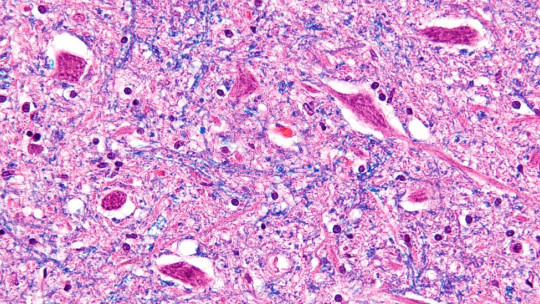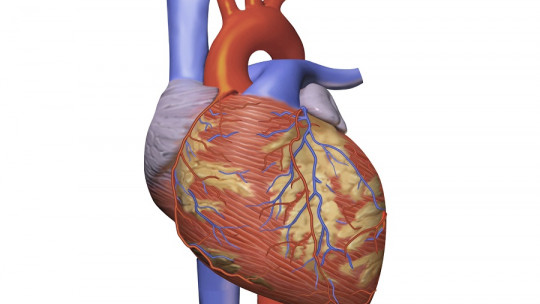
Part of neurocardiology defends the idea that the heart is a very complex system, a sophisticated sensory organ that receives and processes information.
Our cardiac muscle is not limited to pumping blood, but also has tens of thousands of neurons that could well be used to describe the heart as a set of small brains that, coordinated with our brain, induce a state of well-being.
The fact that the brain and heart are in harmony is called cardiac coherence, a phenomenon that brings with it many benefits and that we can achieve through the constant practice of breathing techniques. Let’s find out what it is.
What is cardiac coherence?
Our emotions are not something merely cerebral. Our body experiences them in various organs, but it is especially notable how our heart experiences them. In Western culture it has been said that we feel with our heart and, in fact, neuroscience gives some support to this idea. For example, when we feel nervous, our heart beats harder. It also gets out of control when we are scared, stressed, or receive bad news.
We can define cardiac coherence as that state in which the frequency of the heartbeat is regular, harmonious The different waves of the heartbeat are synchronized, following a specific frequency, shape and amplitude, forming an orderly, predictable and repetitive pattern. The balance that our brain and heart can establish influences our emotional state, so if we promote cardiac coherence we can improve our physical and psychological well-being.
Applied to the field of clinical psychology and neuroscience, cardiac coherence is also a technique in which breathing is intended to be coordinated with the heart rate. This technique was originally developed by the HeartMath Institute of California and aims to stabilize breathing and heartbeat, reducing the rate and inducing a state of calm.
As a technique, we can say that cardiac coherence aims to harmonize our physical, mental and emotional systems, a state of psychological efficiency in which the nervous, cardiovascular, endocrine and immune systems function in a coordinated and calm manner. It is based on the idea that the heart has its own neural circuit, directly connected to the brain and that through the control of our emotions we can control our physiology.

The relationship between brain and heart
The functions of the heart are not limited to pumping blood to the different parts of our body. This organ also has 40,000 neurons, a true nervous system of its own that we could say act like “little brains” and, in addition, functions as a small hormone factory. Adrenaline is secreted when you need to function at maximum capacity, and atriopeptin is secreted to regulate blood pressure. Oxytocin, called the love hormone, is also secreted.
These are all hormones that influence the functioning of the brain, so we could say that there is a heart-brain system, a system in which brain emotions influence and are influenced by cardiac rhythm and functioning. But this communication does not occur directly, but through an intermediary: the peripheral autonomic nervous system, which in turn is made up of the sympathetic and parasympathetic subsystems.
The sympathetic is activated when we are in danger, causing adrenaline and norepinephrine to be released to facilitate the performance of fight and flight behaviors, accelerating the heart rate. On the other hand, the parasympathetic acts as a kind of brake, releasing neurotransmitters that induce a state of relaxation and calm, reducing heart rate.
It is appropriate that these two subsystems are in balance, operating as brakes and accelerators when appropriate. However, if we are constantly stressed and tense, in which the sympathetic system remains activated for a long time and the parasympathetic system is turned off, it stops working effectively. This imbalance ends up affecting our heart, causing it to beat in a chaotic and irregular manner, speeding up and stopping.
Based on this, it is believed that negative emotions, such as anxiety, anger, sadness or even simple worries that we may have throughout the day, affect our heart rate, potentially generating physiological alterations. On the other hand, positive emotions such as joy favor balance facilitating cardiac coherence.
What are the benefits of cardiac coherence?
The regular practice of cardiac coherence techniques can provide us with many benefits on a physical and psychological level:
1. Better emotional management
By applying this technique, physiological chaos is put to an end, harmonizing heart and brain. This is where the parasympathetic system comes into action causing neurotransmitters to be released that make us feel calmer, which translates into better emotional management and being able to deal more efficiently with difficult situations.
2. Improvement of cognitive abilities
cardiac coherence allows the brain to function more efficiently By abandoning worries and acquiring a better emotion management technique, the person can concentrate better, allowing ideas to flow in a more functional way. Therefore, it improves our ability to pay attention, concentrate and process information.
3. Reduction of stress and fatigue
When we feel stress, The sympathetic system is activated, causing a series of reactions at a physiological level In turn, these cause more anxiety and the appearance of worries when we see that our heartbeat has accelerated or we are organically unstable.
By practicing cardiac coherence techniques you can have better control of the physiological processes associated with stress and anxiety. In fact, it has been observed that after a month of practicing cardiac coherence, levels of cortisol, a hormone related to stress, are significantly reduced.
4. Better sleep quality
Cardiac coherence generates a state of calm and tranquility, a relaxation that is a very good ally to combat insomnia. When we are relaxed and calm we can fall asleep more easily, in addition to waking up more rested
5. Strengthening the immune system
Through the practice of cardiac coherence the immune system can be strengthened. It has been seen that people who manage to introduce this type of practice into their lives have increased levels of immunoglobulin A, cells that are the body’s first line of defense against infectious agents. In fact, high levels are maintained for about six hours after practicing cardiac coherence
How to practice it?
Cardiac coherence can be achieved through practice. HeartMath has developed techniques that induce this phenomenon to occur, allowing us to control the accelerations and decelerations of our heart through controlled and conscious breathing.
It consists of inhaling and exhaling voluntarily and slowly, thus increasing the amplitude of the heart rate. If synchronization is achieved between breathing and heart rhythm, the aforementioned coherence would be achieved.
A good way to reduce stress is to be in a quiet environment, sitting with your feet on the floor without crossing hands or legs:
It is recommended to do this breathing about three times a day.

